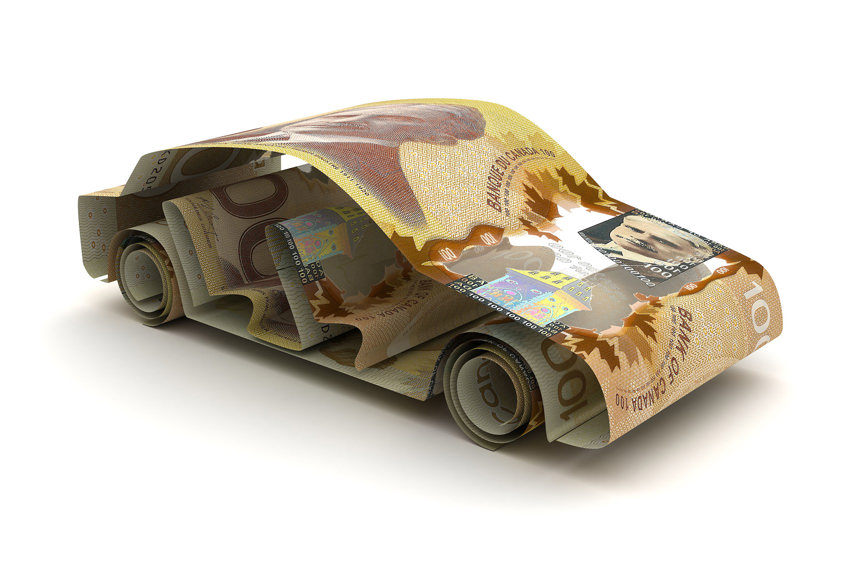Last year, the average transaction price for new vehicle purchases in Canada had reached nearly $43,000, an amount few of us can afford to part with in one shot.
That’s why automakers offer leasing and financing. But how do you choose the option that’s right for you? Both options allow you to make monthly payments in order to drive a new car, but beyond that, leasing and financing are very different means to achieving that end. If you’re in the market for a new ride but aren’t sure which payment option is best for you, we can help answer your questions.
How does leasing work?

A lease is like a long-term rental contract. When you lease a new car or truck, the car manufacturer (or the financial organization underwriting the lease) owns the car, and your monthly payments cover the cost of its depreciation over the lease period. The lease agreement includes a residual amount, which is what the manufacturer predicts the car will be worth at the end of the lease term and is used to determine the monthly payment. If you decide you want to buy the car at the end of the lease, the residual amount is what you’ll pay.
With a lease, your monthly payments will likely be lower than if you financed the same car. Alternatively, you could lease a more expensive car for a similar monthly payment as you would have to make to finance a cheaper model.
When your lease term is up, you have three options: You can give the vehicle back to the dealership and walk away, you can buy the car and keep it, or you can negotiate a new lease on another new car or truck.

All lease agreements include an annual kilometre allowance intended to limit depreciation and a per-km penalty for going over that limit. So if you put 70,000 km on a car during a three-year lease with a 20,000-km annual allowance, and the automaker charges $0.12 per km, that’s $1,200 extra you’ll have to pay at the end of the lease. If you’re worried you’ll go over the annual limit, some leases have a higher-kilometre option that comes with a higher monthly payment. You can also pay an overage fee up front at a lower per-kilometre rate.
While the car manufacturer doesn’t expect a car to look brand-new at the end of a lease, you will be charged extra for any damage the carmaker considers unreasonable according to your lease agreement. It may be cheaper to have any damage fixed before your lease is up, but either way, you’ll be the one paying for repairs to a car you don’t own.
Before you lease a car, consider how likely it is that your circumstances will change before the end of the term. Leasing companies often charge significant fees for ending a lease early, whether you can’t afford the payments any more or you simply no longer need a car. It may be possible to avoid those fees by letting someone else take over your lease, but that depends whether the fine print allows you to do so.
How does financing work?
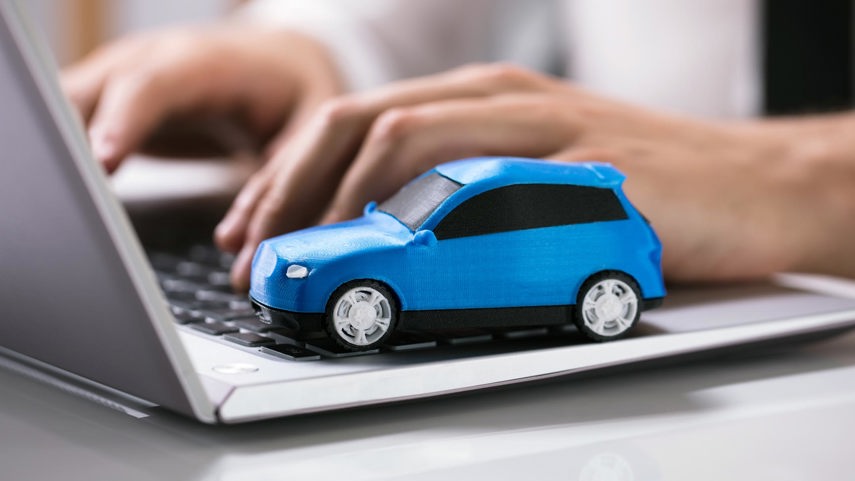
When you finance a car, you’re buying it with borrowed money that you pay back in the form of monthly payments over an agreed-upon period. In most cases, you’ll pay interest on the amount you borrow, but how much depends on the lender. You’ll often get a lower interest rate by financing the vehicle through the manufacturer than you would by taking out a loan from your bank. Carmakers also sometimes offer low- or zero-interest financing promotions.
While financing also involves monthly payments, the car belongs to you after you make your last installment. It also gives you more freedom if you change your mind about car ownership: You can sell the car at any time and use the proceeds to pay off what’s left of the loan, usually without a financial penalty. Most car loans also let you make extra payments against the principal amount, which reduces your interest charges.
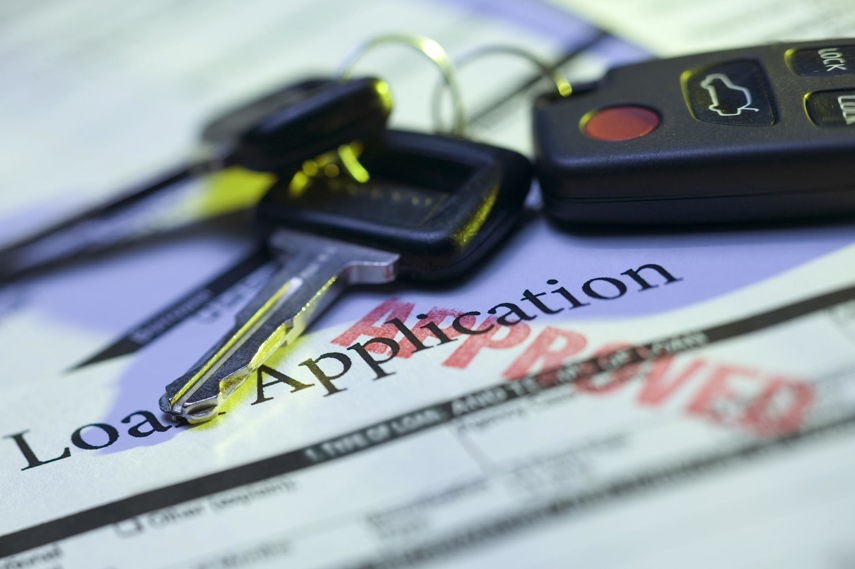
Many lenders offer a wide range of loan terms that will let you stretch lower payments out over six, seven, or eight years. However, this can be risky, because after a few years, you can end up owing more than the car is worth thanks to depreciation, a situation commonly known as being “upside down” on your loan.
To avoid ending up in that situation, choose the shortest financing term whose monthly payments you can afford. This will also reduce the amount of interest you’ll pay and save you money in the long term.
If you’re considering financing the purchase price of a car over six to eight years just to keep your monthly payments down, you might be better off doing two back-to-back three-year leases – as long as you’re confident your financial situation won’t change dramatically.
Financing your new car also means you can drive it as much as you want and be more selective about repairing minor damage.
Watch the warranty
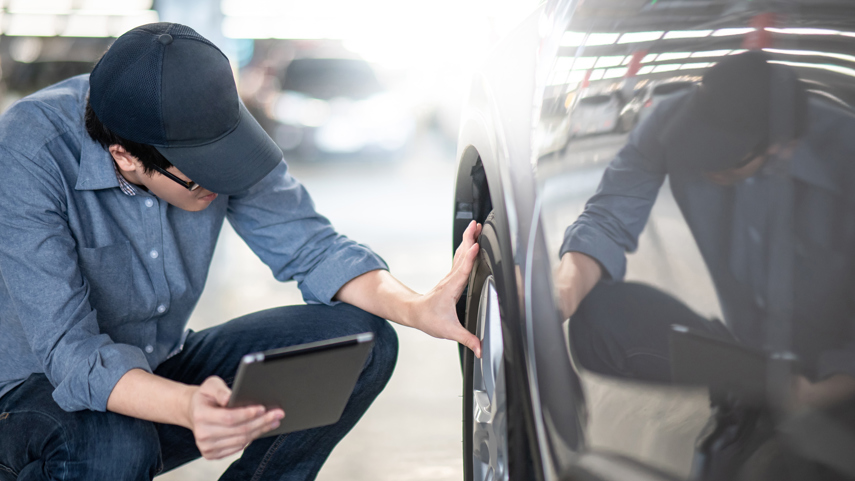
Whether you lease or finance a new car, you’ll get the benefit of the manufacturer’s factory warranty coverage. However, before you agree to a lease or financing deal, take note of how long the warranty lasts and what it covers. For example, the warranty might cover the powertrain (engine, transmission, AWD system) for five years, but the rest of the car may only be covered for three years. If you sign a five-year lease, you’ll be at risk of having to pay for out-of-warranty repairs on a car you don’t own. Likewise, if you finance a car for six or seven years, you could wind up having to make an expensive out-of-warranty repair while you’re still paying off the loan, which may put you in a tight spot money-wise.
If you go with a lease, keep in mind that you will probably have to pay to replace regular wear items like tires or brakes if they wear out before the lease is done.
Should you make a down payment on your new vehicle?
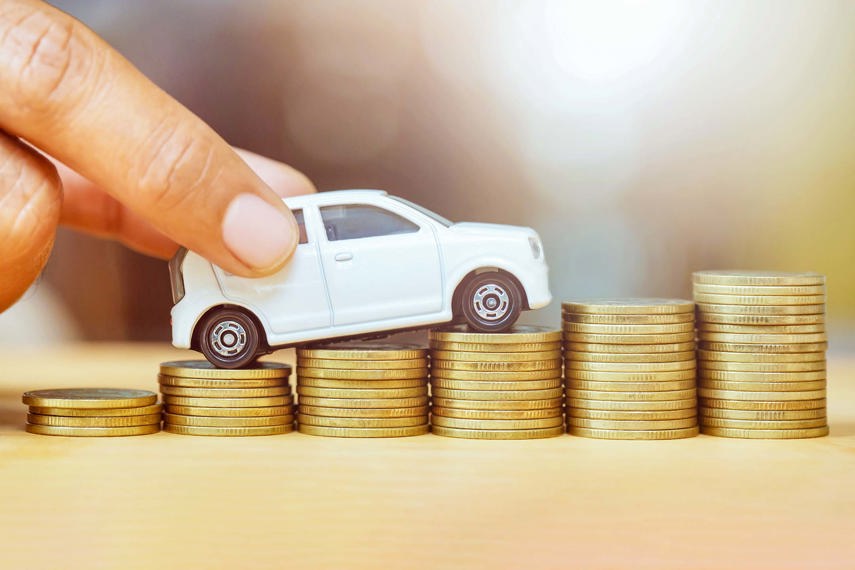
If you’re financing the vehicle, you should make as large a down payment as you can afford, as it will reduce the amount of money you have to borrow and how much interest you’ll pay.
A down payment is less of a good idea with a lease. Putting money down will reduce your monthly costs, but it won’t save you much, if anything, in the long term. It also won’t reduce the cost of buying the vehicle out at the end of the lease if you decide you want to keep it.
When is it a good idea to buy a vehicle at the end of your lease?
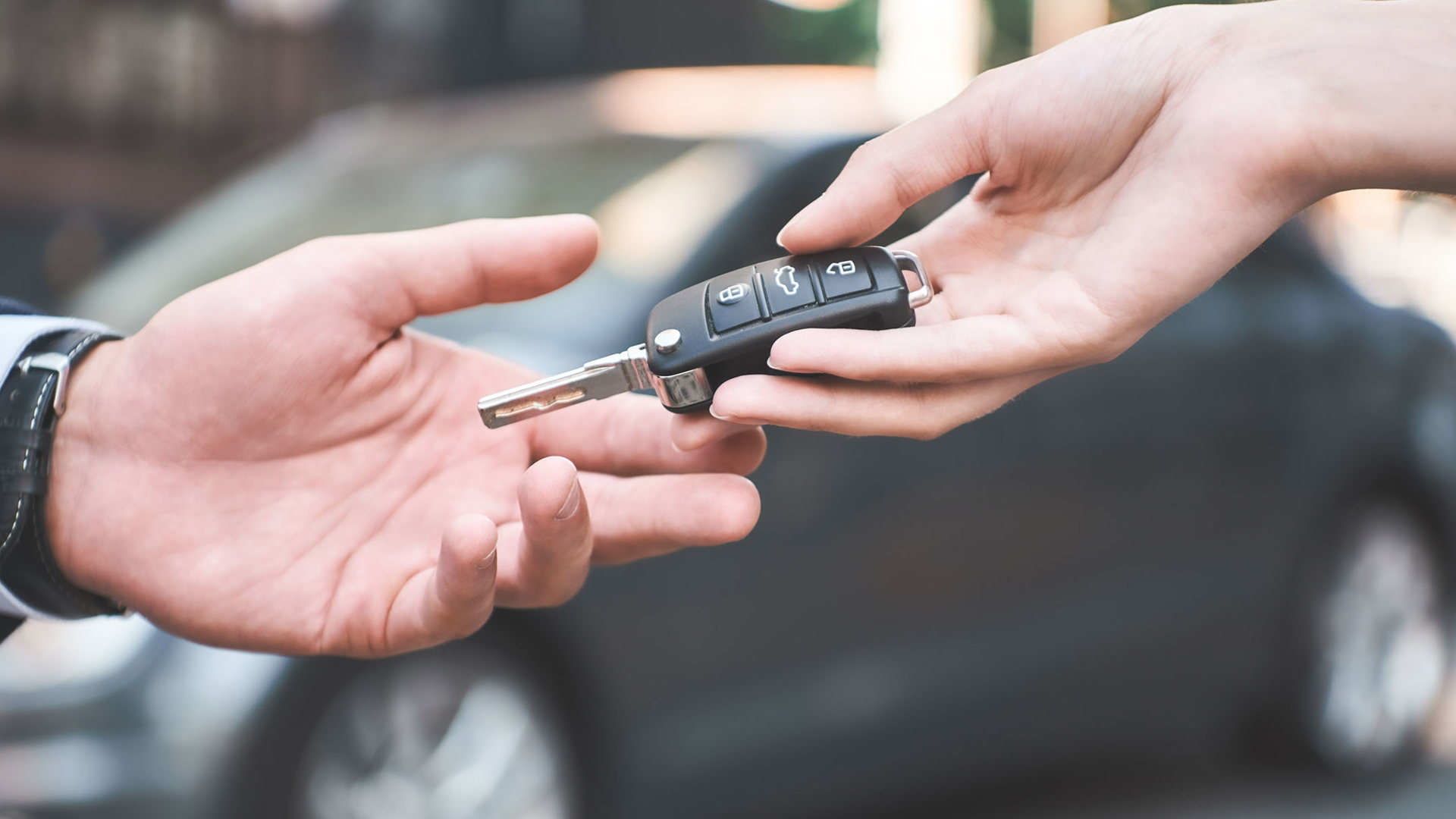
If you only drive 10,000 km per year but your lease allows for up to 20,000 km annually, the car may be worth more at the end of the lease than the residual value the manufacturer set when you signed the paperwork. In a situation like that, you may be able to buy the car out and then sell it for a profit – in theory. In reality, that likelihood depends on hard-to-predict marketplace factors, such as how much demand there is for used versions of the car you’re driving.
A lease-end buyout works best if you can pay cash for the residual amount. If you have to finance it, the interest charges may negate any advantage created by the low odometer reading.
